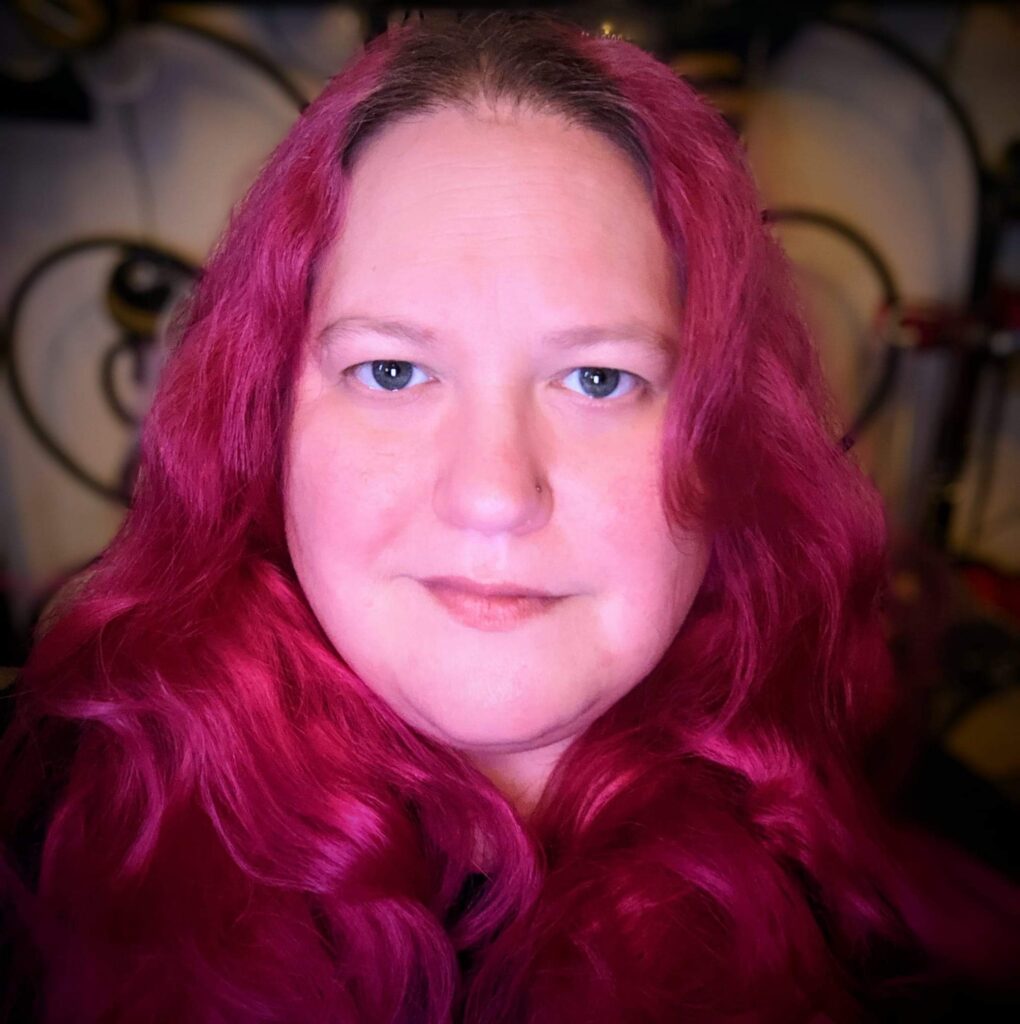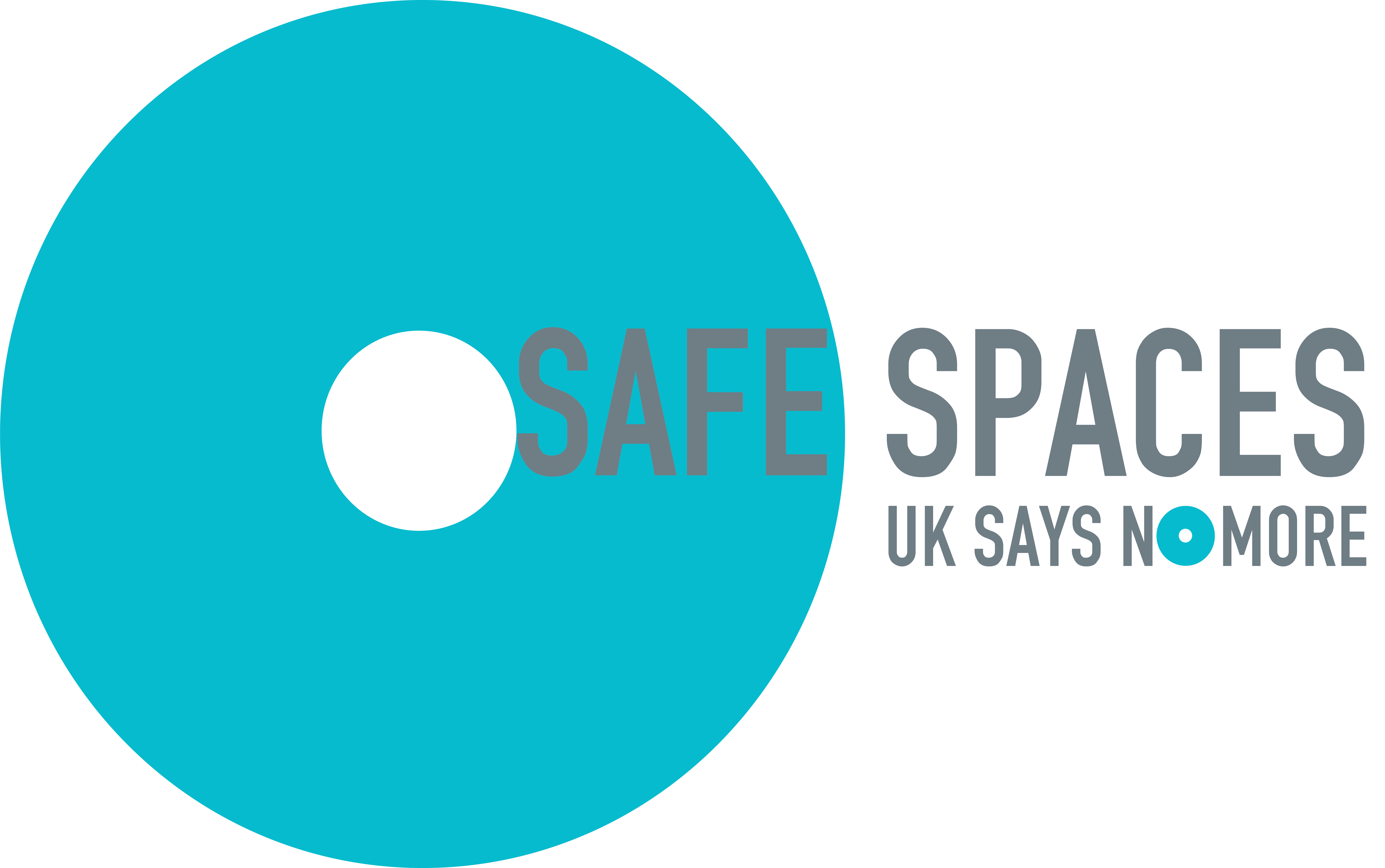Find Us
The Clear Company
The Base
20 Dallam Lane
Warrington
Cheshire
WA2 7NG


A Diversity, Equity and Inclusion (DEI) statement of intent is a key step in ensuring your DEI strategy is anchored within the overall business strategy. Organisations that have worked through the processes below are ready to write their DEI statement of intent.
Person with a trans history: Some trans people call themselves “trans” throughout their transition and rest of life (as in “I am a trans-man”). Others who have transitioned and do not want to be known as “trans” but need to acknowledge that they were presumed to be a different gender at birth may say they are a “person with a trans history”. This is because they have always been that gender, even when they were presumed to be something else.
Gender affirmation: The personal process or processes a trans or gender diverse person determines is right for them so that they might live as their gender and so that society recognises this. Gender affirmation may involve social, medical and/or legal steps that affirm a person’s gender. Affirming gender doesn’t mean changing gender, and transition isn’t the same as being trans.
A trans or gender diverse person who hasn’t medically or legally affirmed their gender is no less the man, woman or non-binary person they’ve always been.
Gender dysphoria: Used to describe when a person experiences discomfort or distress because there is a mismatch between their presumed gender and sex at birth and what they innately know their gender to be.
This is also the clinical diagnosis which some countries require to be diagnosed before medical services will provide gender affirming care. But the concept that every trans person has gender dysphoria can be harmful, and many trans people don’t experience dysphoria at all.
Gender euphoria: Effectively the opposite of dysphoria. The feeling of comfort, contentment, or even joy that living in your true gender inspires.
Gender expression: How a person chooses to outwardly express their gender, within the context of societal expectations of gender. A person who does not conform to societal expectations of gender may not, however, identify as trans.
Pronoun: Words we use to refer to people’s gender in conversation – for example, “he” or “she”. Some people use gender neutral language and use pronouns such as “they/their” and “ze/zir”.
Top/Bottom Surgery: Gender affirming surgery, which may include some or all of the following:
There are lots of reasons someone may not opt for surgery, including waiting list times, costs, or desire. Surgery is not necessary to be considered as trans.
PMAB/PFAB: presumed male/female at birth – at the Clear Company, we are moving towards using this term rather than “Assigned Male/Female at Birth” or similar terms, because gender is a presumption made about everyone at birth, even if many of those people grow up to have that gender fit them just fine.
Deadnaming: The act of using a trans person’s “old” name which can cause dysphoria, distress, discomfort, or even “out” the person as trans.
For support on your policies and processes around a number of topics – including gender and sexuality/LGBTQ+ – or for training solutions to improve company-wide awareness on this and many other topics, get in touch with our experts at the Clear Company today at enquiries@theclearcompany.co.uk.
Beci Kijko – Senior Consultant, Digital Design & Development at the Clear Company
Beci is an experienced professional with 12 years of expertise in Learning and Leadership. She worked as a Learning Experience Designer for Co-op Group for four years, where she managed and designed digital content for the company and was responsible for a significant portion of its DEI learning. Prior to this, she worked in Aviva’s HR team, focusing on Leadership and DEI initiatives. Beci’s achievements include being nominated for Co-op’s Inclusion Awards and attending the finals of Aviva’s Customer Cup competition for her work on Mental Health and Wellbeing in the workplace. In addition to her professional accomplishments, Beci is a piece of art, having participated in Anthony Gormley’s One and Other in 2009, and an enthusiastic amateur genealogist, crafter, and gamer.

The Clear Company
The Base
20 Dallam Lane
Warrington
Cheshire
WA2 7NG
| Cookie | Duration | Description |
|---|---|---|
| cookielawinfo-checkbox-analytics | 11 months | This cookie is set by GDPR Cookie Consent plugin. The cookie is used to store the user consent for the cookies in the category "Analytics". |
| cookielawinfo-checkbox-functional | 11 months | The cookie is set by GDPR cookie consent to record the user consent for the cookies in the category "Functional". |
| cookielawinfo-checkbox-necessary | 11 months | This cookie is set by GDPR Cookie Consent plugin. The cookies is used to store the user consent for the cookies in the category "Necessary". |
| cookielawinfo-checkbox-others | 11 months | This cookie is set by GDPR Cookie Consent plugin. The cookie is used to store the user consent for the cookies in the category "Other. |
| cookielawinfo-checkbox-performance | 11 months | This cookie is set by GDPR Cookie Consent plugin. The cookie is used to store the user consent for the cookies in the category "Performance". |
| viewed_cookie_policy | 11 months | The cookie is set by the GDPR Cookie Consent plugin and is used to store whether or not user has consented to the use of cookies. It does not store any personal data. |

Dial ‘999’ for immediate assistance. If you are unable to speak or answer questions while on a 999 call, stay on the line, and when prompted, press 55 and your call will be transferred to the police. The local police number is 101 for non-emergencies.
*The ’55’ option will only work with 999.
Am I at Risk?
‘How do I know if I am suffering domestic abuse?’ This short survey will help you identify if the behaviours you are experiencing are domestic abuse.
If you are experiencing domestic abuse, you are not alone. Local support and help is easy to access through this search function. Click here
Local Support Services
If you are experiencing domestic abuse, you are not alone. Local support and help is easy to access through this search function. Click here
Contact National Helplines
National domestic abuse support services can offer you guidance here.
Useful Links
Access a range of other services that can support you. Click here